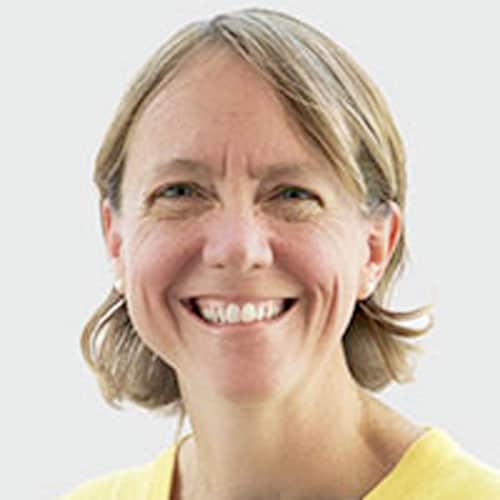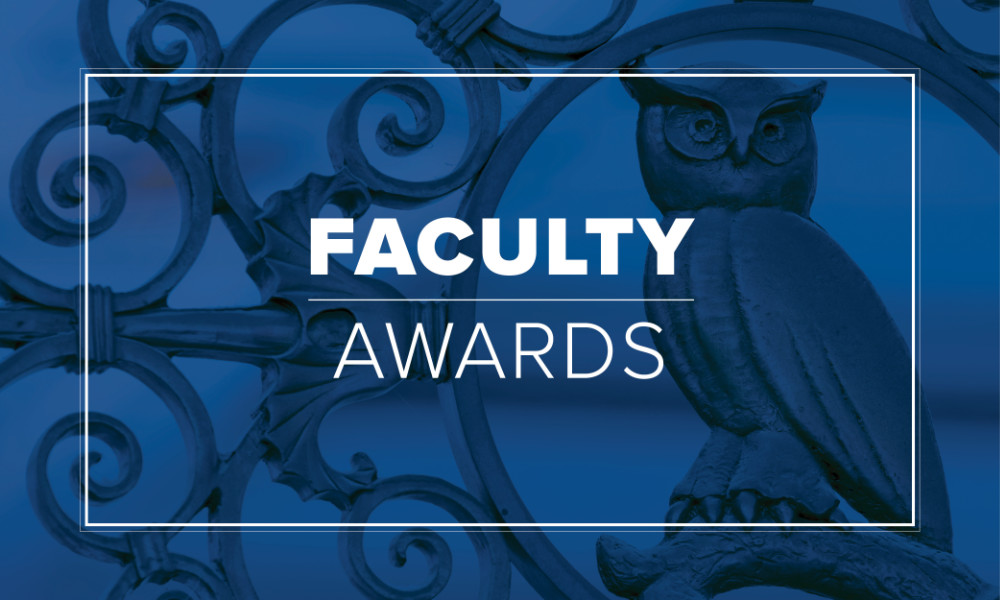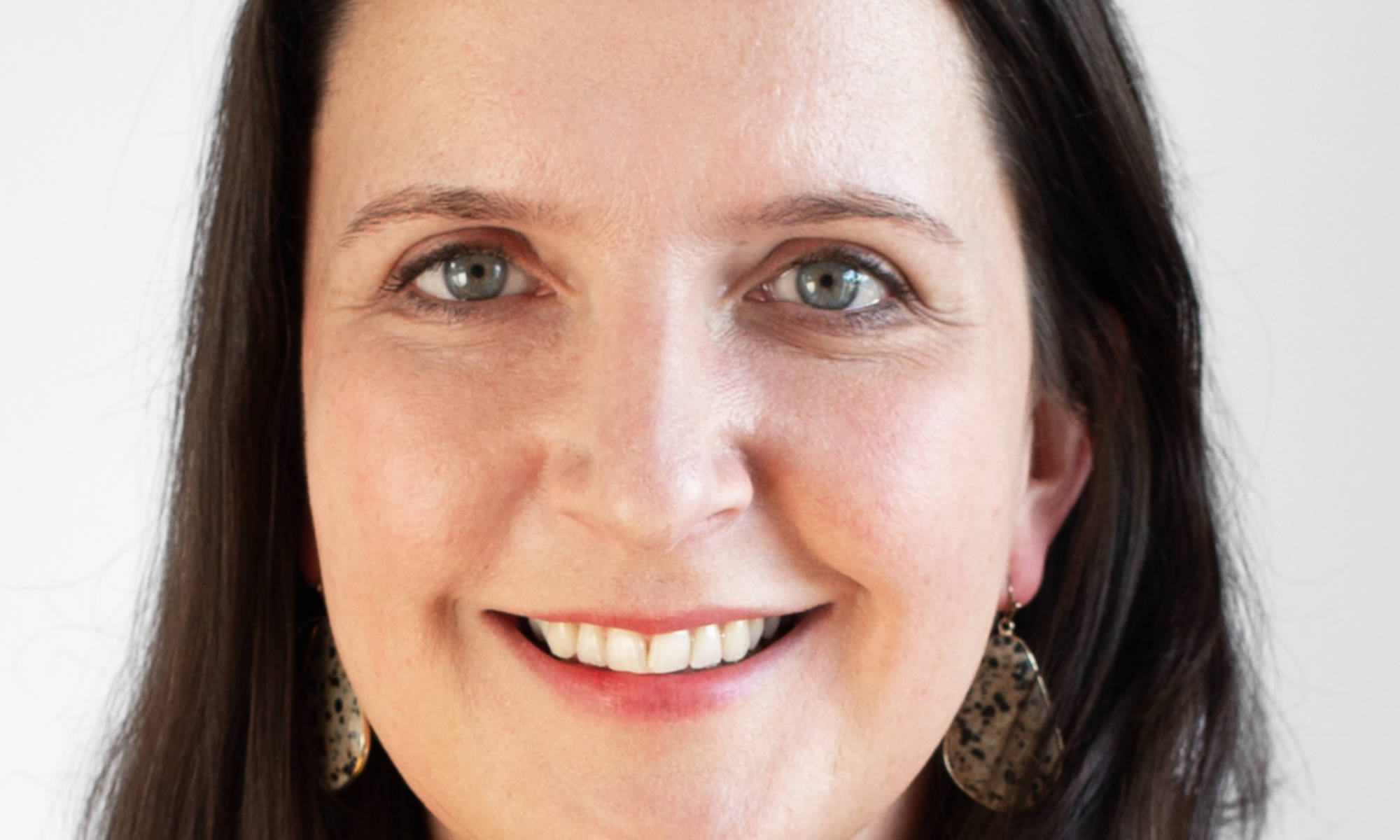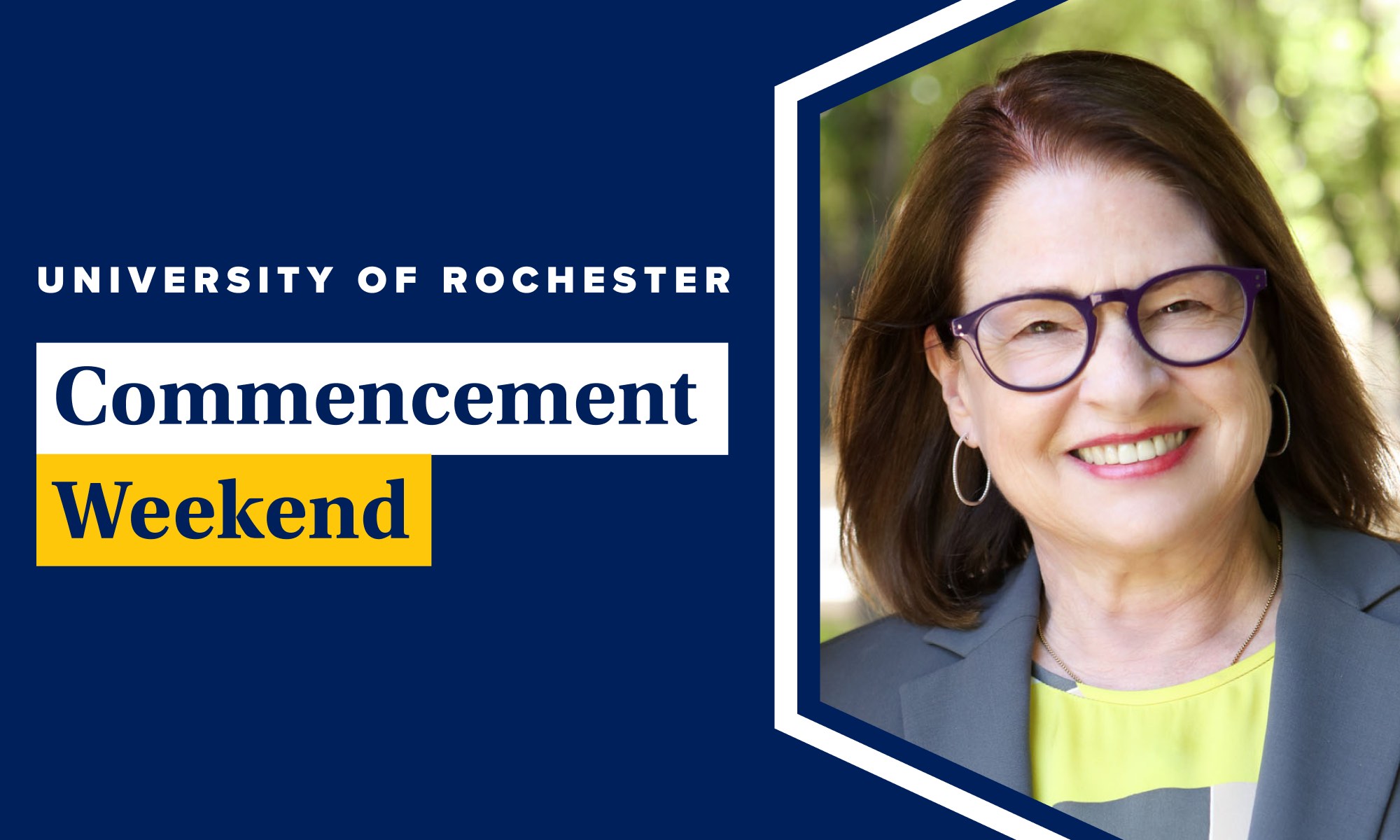David R. Williams, dean for research in Arts, Sciences & Engineering since 2011, stepped down on July 1 and has returned full time to his research, his position as the University’s William G. Allyn Professor of Medical Optics, and his role as director of the Center for Visual Science. Donald Hall, the Robert L. and Mary L. Sproull Dean of the Faculty of Arts, Sciences & Engineering, says that a search for a new dean for research for AS&E is underway and the position will be filled in the coming weeks.
“David has contributed immensely to the success of AS&E and his legacy is one of extraordinary research success,” says Hall. “I have enjoyed working with him and thank him for his eight years of service.”
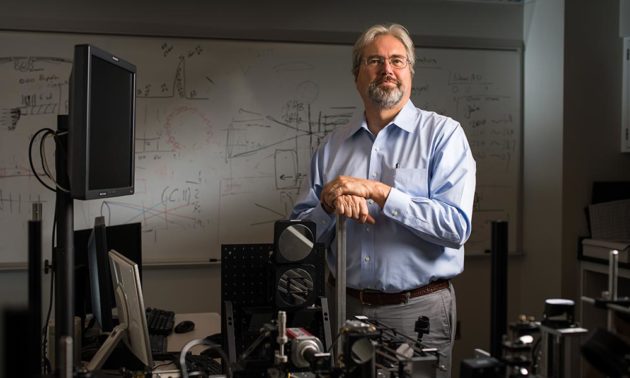
Williams is one of the world’s leading experts on human vision and has pioneered new technologies that improve the eyesight of people around the world. Concurrent with his time as dean for research, he also served as director of the Center for Visual Science, a research program consisting of more than 40 faculty from seven different departments dedicated to understanding how humans see, as well as the disorders that compromise sight.
AS&E research spans 24 departments, and 11 interdisciplinary programs and centers. As dean for research, Williams was responsible for helping faculty in these departments, as well as in the Laboratory for Laser Energetics (LLE), discover new opportunities for research collaboration and funding. He especially encouraged efforts through multi-disciplinary and multi-institutional grants, helping faculty excel in their scholarly endeavors to discover and communicate knowledge, and also build research capacity at the institution. This includes identifying new sources of extramural support—including government, industry, foundation, and private sources—that allow faculty to realize their research goals and increase Rochester’s international visibility.
He created and supported initiatives and events designed to catalyze cross-disciplinary and interdisciplinary collaborations throughout the University. For example, he established regular meetings for strategic research thrusts in high-energy-density physics, plus several meetings around the quantum science initiative, the prison decarceration initiative, a conference on advanced materials for powerful lasers, an early worlds (humanities) conference, and a biological imaging initiative.
Williams also played a major leadership role in the AR/VR initiative, which now includes more than 50 faculty at the University of Rochester, as well as faculty at RIT, seeking multi-investigator research funding. Several University faculty have successfully obtained corporate contracts from companies with interests in AR/VR technology.
At a time when federal funding for research has declined or remained flat in recent years and competition for research dollars has increased, during Williams’ tenure as dean for research, AS&E increased its funding awards from $48.95 million in FY2015 to $67.47 million in FY2018 (excluding the LLE)—a 38 percent increase.
In addition to being responsible for research policy, compliance, and oversight on research conduct, as dean Williams expanded the focus of his position to include service and training. He established a team of multifaceted research development professionals in the AS&E Deans’ Office who are dedicated to helping faculty, graduate students, postdocs, and departments realize their research and scholarly aspirations. He sponsored numerous workshops for new and early career researchers, as well as grant management staff. Williams introduced the use of research productivity tools and analyses for self-study, comparative metrics, and benchmarking to drive the research enterprise. He also instituted an AS&E seed-funding program, PumpPrimer, to help faculty secure extramural support for bold new research directions.
Williams received a bachelor’s degree in psychology from Denison University in 1975, a PhD in psychology from the University of California, San Diego, in 1979, and did his postdoctoral work at Bell Labs in 1980. He joined the University faculty in 1981. His primary appointment is in the Institute of Optics, where he holds the William G. Allyn Professor of Medical Optics. He is the author of more than 140 papers and patents, and a fellow of the Association for Research in Vision and Ophthalmology, the Optical Society of America, and the American Association for the Advancement of Science. In 2017, he was named a member of the National Academy of Sciences.

